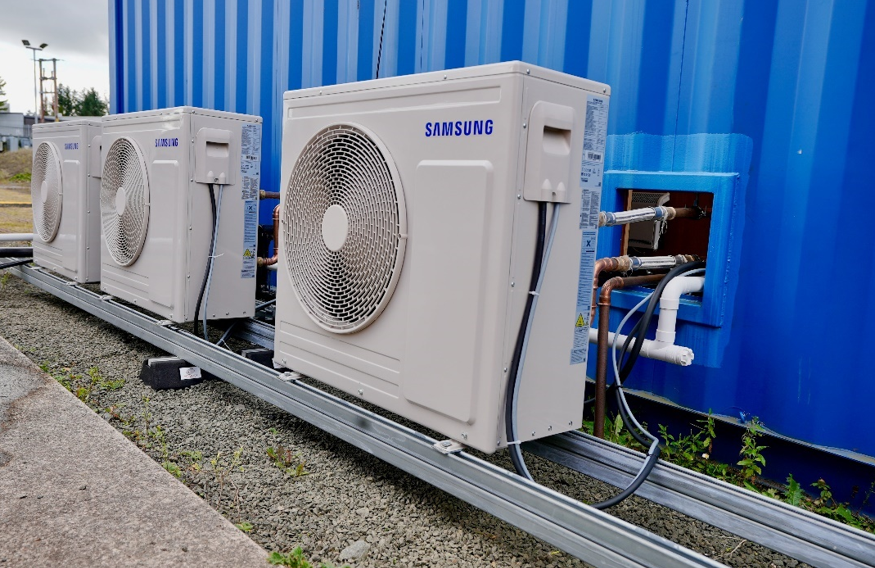The leap in solar power during 2023 has been attributed to the rise of China’s solar industry, but Ember analysis has revealed a more nuanced picture.
Almost three-quarters of all renewable capacity built in 2023 was solar. Solar added an extra 74 per cent (147GW) in 2023, reaching a record 346GW of annual additions, and indeed China was a key driver behind this acceleration, but this growth is more global and the opportunities more even that the stark figures might suggest.
China was responsible for 63 per cent of the solar additions worldwide in 2023, and 65 per cent of wind, but other countries are gaining ground with the number of gigawatt-scale solar markets now at 28 countries up from 21 in 2022. More than half are in Europe, as an early technology adopter, but several front-runner countries have emerged in Latin America and the Middle East since 2017.
The growth implies that the vast but so far largely untapped potential of the sunniest countries could be harnessed, thus bringing the global goal of tripling renewables by 2030 within reach.
As solar panel prices have plummeted, more countries are taking advantage of this technology to kick off their renewables growth and to bring cheaper power to their domestic markets, and as more solar capacity is installed in countries with below-average solar insolation, the future looks a little different. For example, Africa accounted for less than one per cent of global installed solar capacity as of 2023, marking a stark disparity, and opportunity, compared to the rest of the world.
It is an irony that some of the sunniest countries have installed the least solar. Only 14 per cent of global solar capacity installed as of 2023 (204GW) was in markets with solar insolation above the global average. Notably, Japan has 13 times as many solar panels per person than India and 41 times as many as Egypt despite the fact that a solar panel in these two sunnier countries would produce 32 per cent and 64 per cent more electricity, respectively. Persistent barriers, such as limited access to affordable financing, have prevented some countries from taking part and meet their growing electricity demand with clean power, while also moving towards the goal of a tripling of renewable capacity by 2030.
It would be sufficient to maintain the 16 per cent average annual growth rate of capacity additions between 2002 and 2023 to achieve the global goal of tripling renewables by 2030. Maintaining this growth rate would mean that annual additions reach 1,340 GW by the end of the decade.
To put solar rise in context, wind additions also increased by 51 per cent in 2023, accounting for another quarter of renewable capacity additions in 2023, but solar capacity additions were three times that of wind, making solar the clear leader of the clean power revolution. Hydro installations fell to their lowest level since 2001.
Latest News
-
Energy to remain a priority EU policy area in 2026
-
Renewable energy investment should come from defence budgets, say retired military leaders
-
Clean energy jobs boom aims to create 400,000 new roles by 2030
-
Newquay football club wins funding to install solar panels
-
Amazon backs advanced nuclear hub to power AI and cloud growth
-
Carbon hits new high
© 2019 Perspective Publishing Privacy & Cookies






Recent Stories